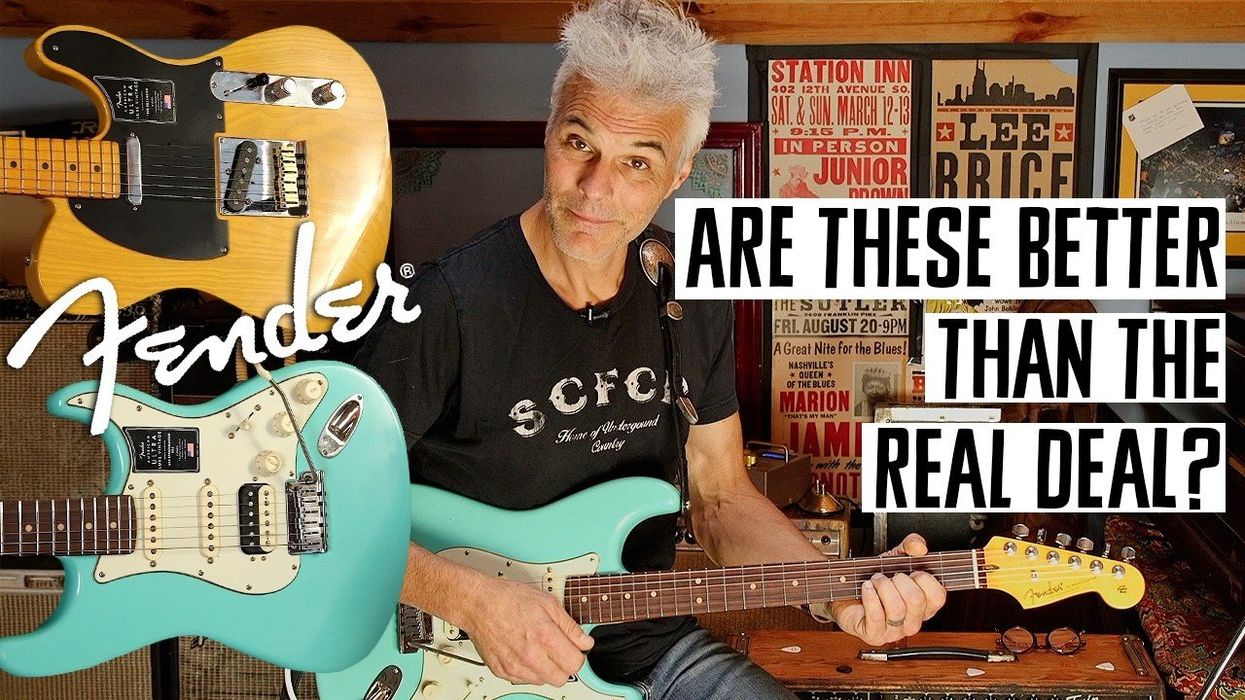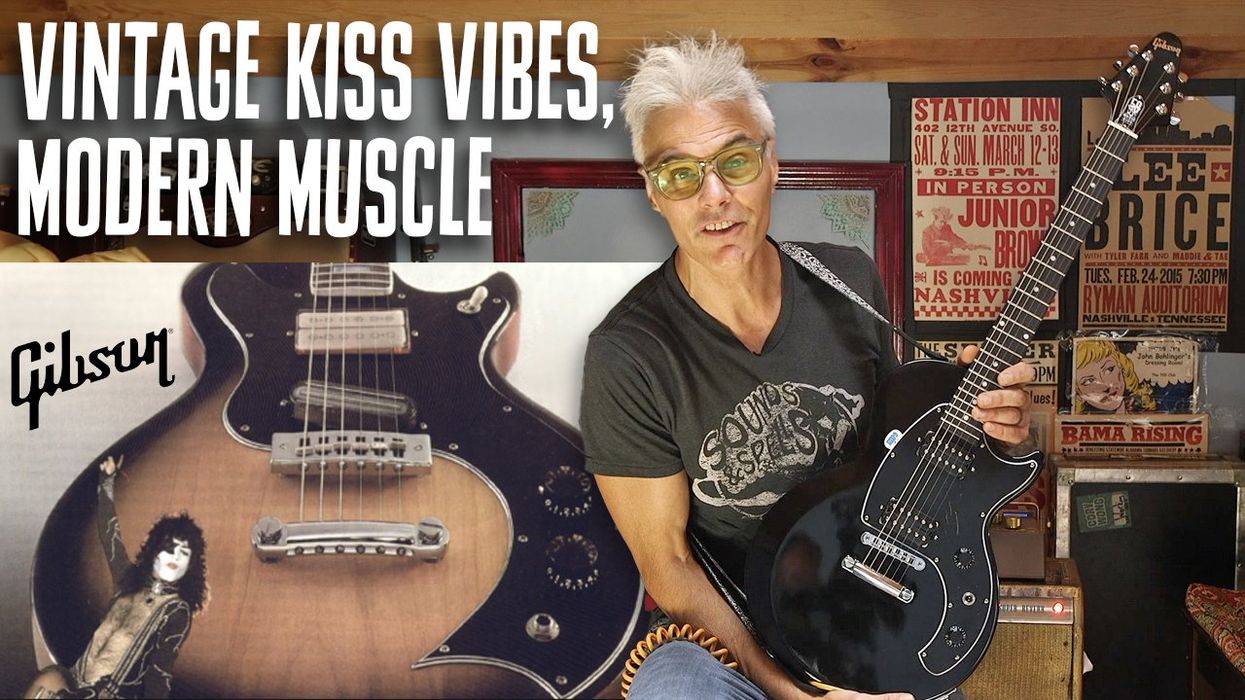Sun Valley, CA) (May 6, 2020) -- Schecter Guitar Research is proud to introduce the Corsair. With the success of the Corsair Custom series, Schecter has expanded this model with new finishes and a friendlier price point! Staying with tried and true Corsair construction, these new models feature the new Schecter Vintage Tremolo, Diamond 78 pickups and are available in Gloss Black, Gloss Natural and Gold Top! In typical Schecter fashion, these guitars have a dual volume and push/pull tone knobs to coil split and add even more versatility to this axe! This brand new Schecter Vintage Tremolo adds ergonomics and customization to fit your playing style. The adjustable trem arm can be set to the height and position you want with a simple set screw adjustment. Not a fan of trems? Not a problem! Aside from having multiple adjustments, the trem arm is removable as well. Maple body with a 3 piece mahogany neck, ebony fretboard, 14” radius, 24.75” scale, 22 medium frets, Grover Rotomatic 18:1 tuners and sleek think ‘C’ neck gives this guitar quite a bang for you buck!
Available models:
- Corsair Gold Top MSRP $1429/STREET $999
- Corsair Gloss Black MSRP $1429/STREET $999
- Corsair Gloss Natural MSRP $1429/STREET $999
Schecter Guitar Research is proud to introduce the PT Fastback’s. The Schecter PT Fastback series is back with some new features and stylish new looks. Available in Olympic White, Gloss Black or, Gold Top with Schecter Diamond UltraTron Pickups. In true Schecter fashion, this a vintage sound with modern features. The PT Fastback has dual volume and push/pull tone knobs that coil split for added versatility. The Olympic White and Gloss Black feature classic block inlays with a maple neck, alder body and classic bindings. The PT Fastback Gold Top has some extra flair with its mahogany body and ebony fretboard! The entire Fastback line is equipped with a Graph Tech XL nut, 25.5” scale, 14” radius, 22 X-Jumbo frets, Grover tuners and an extremely comfortable thin ‘C’ neck! The PT Fastback is an excellent addition and a price that won’t break the bank!
Available models:
- PT Fastback Olympic White MSRP $869/STREET $599
- PT Fastback Gold Top MSRP $869/STREET $599
- PT Fastback Gloss Black MSRP $869/STREET $599
Schecter Guitar Research is proud to bring back the Tempest Custom. Back by popular demand, Schecter has reissued the Tempest Custom! With constant requests on socials and forums, to bring this model back, Schecter has listened to you and brought this original Schecter shape back. Available in Gloss Black, Faded Vintage Sun Burst and Vintage White, these finishes scream class and originality. Loaded with Schecter’s USA Pasadena Plus pickups to give you an amazing humbucker sound that, as Schecter does, also has a coil tap option. Topped off with beautiful pearloid split crown inlays on an ebony fretboard with 22 X-Jumbo frets to give you the style feel you have been looking for. A mahogany 3 piece set neck with added carbon fiber reinforcement rods and Schecter locking tuners, make this a sturdy as it is classy. If you are looking for top end sound, construction and a unique design this is the guitar for you!
Available models:
- Tempest Vintage White MSRP $1569/STREET $1099
- Tempest Gloss Black MSRP $1569/STREET $1099
- Tempest Faded Vintage Sun Burst MSRP $1569/STREET $1099
Schecter Guitar Research is proud to introduce the C-1 Exotic Spalted Maple.The Schecter C-1 Exotic Spalted Maple series takes excellence to a whole new level. The C-1 Exotic Spalted Maple packs a punch but doesn’t break the bank. A gorgeous satin finish with a natural vintage burst spalted maple top adorns a mahogany body providing sustain and warmth in addition to its exquisite looks. Loaded with great features such as a Wilkinson WVS50 II K Tremolo bridge for effortless bending and diving and Schecter locking tuners for stable tuning, the C-1 Exotic Spalted Maple will quickly become your “go-to” guitar for every occasion. The extra jumbo frets are comfortable and the 14” fretboard radius provides ease of use while navigating the smooth playing ebony fingerboard. The 25.5” scale length assures a quick response. Armed with Schecter ’78 pickups that serve up a vintage inspired tone, the C-1 Exotic Spalted Maple provides a palette of every tone you could ever need and the coil split function broadens the palette even further. Optional SGR-1C molded hard-shell case sold separately.
Available models:
- C-1 Exotic Spalted Maple MSRP $1,149/STREET $799
For more information:
Schecter Guitar Research
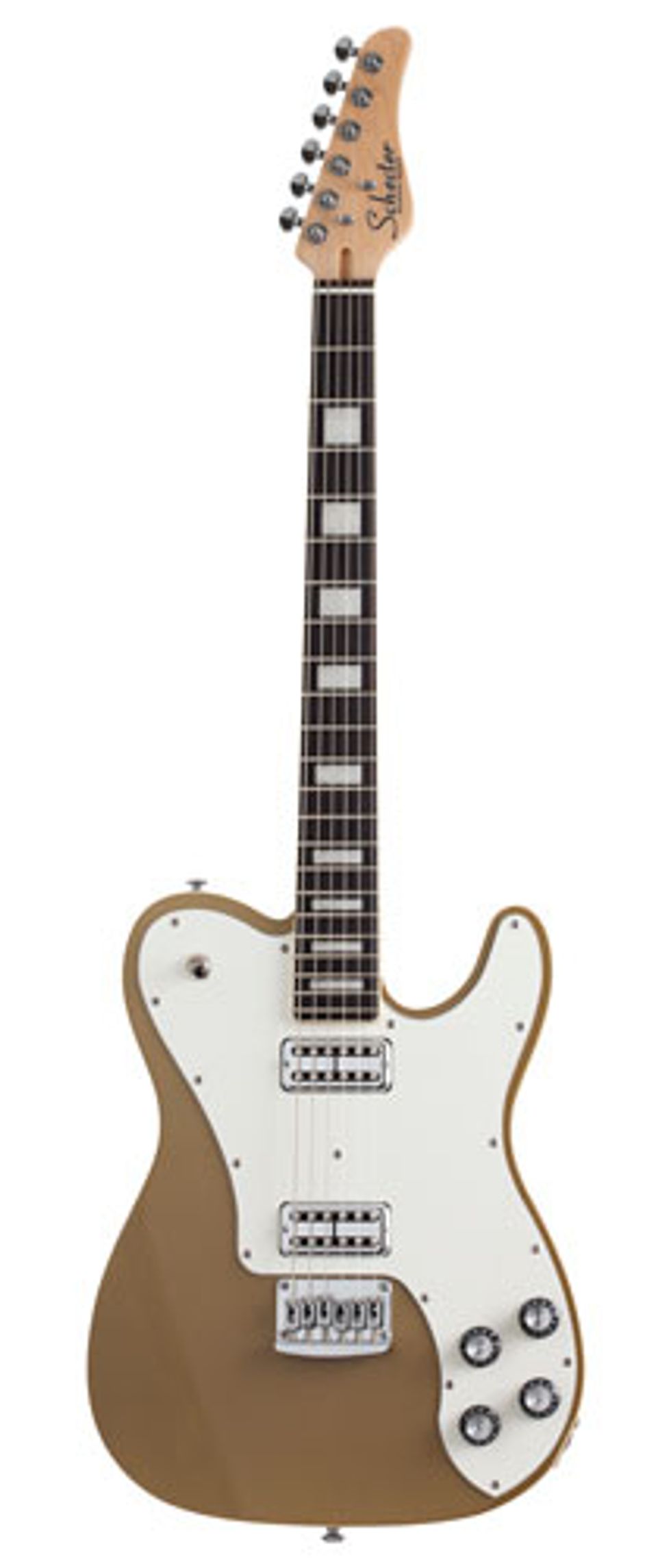
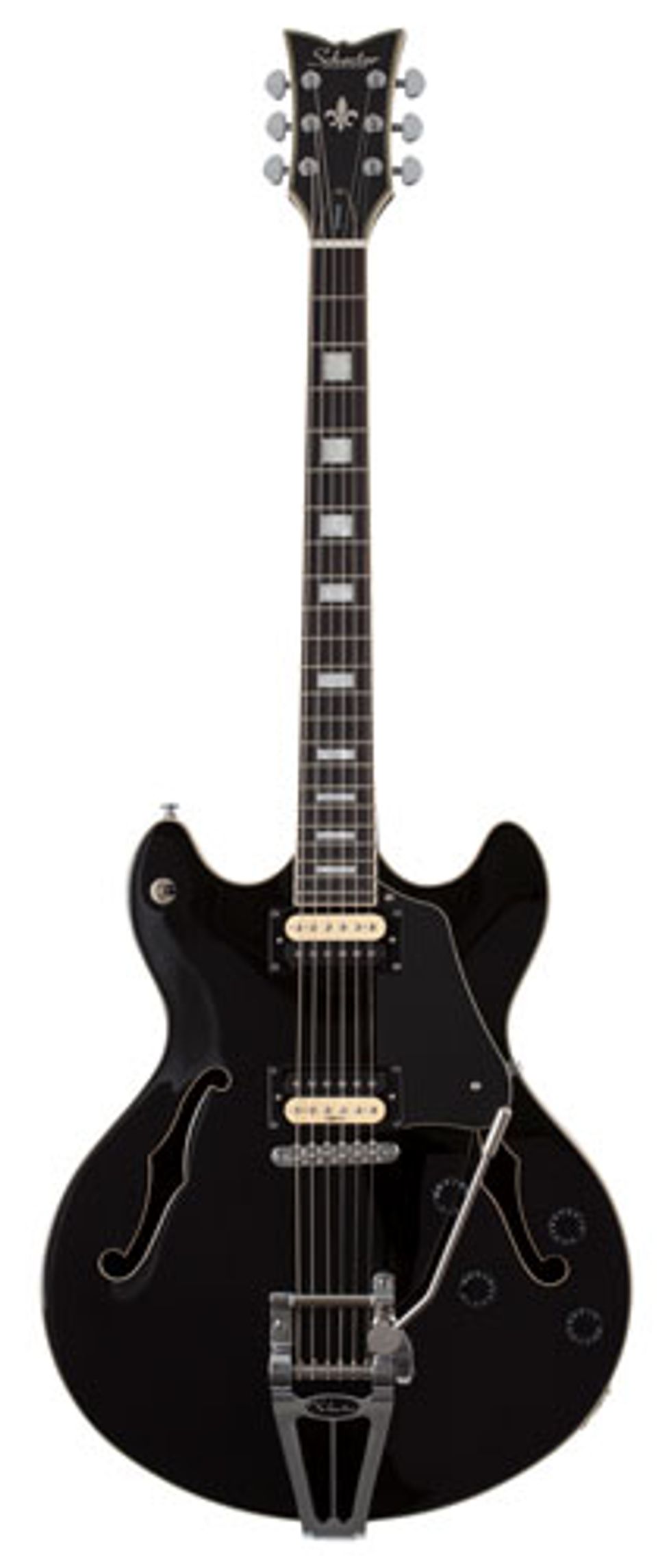
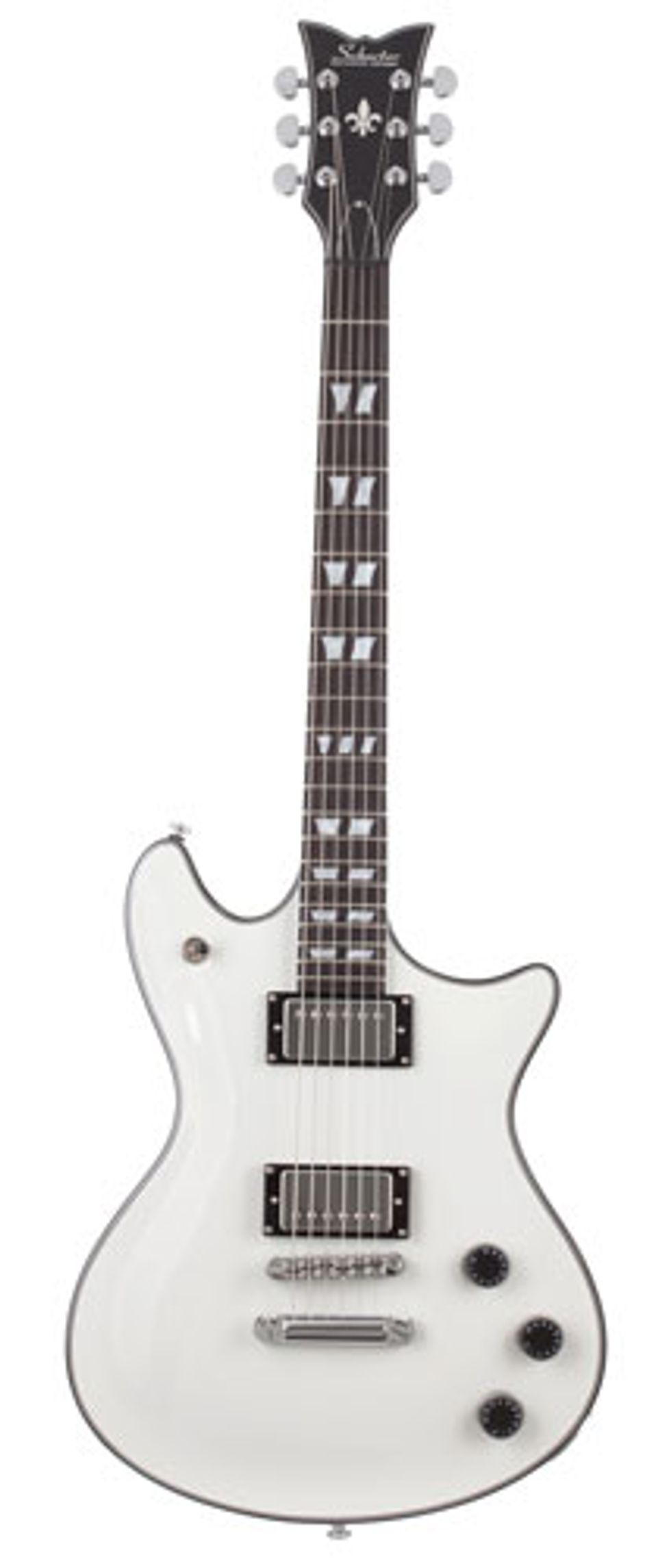
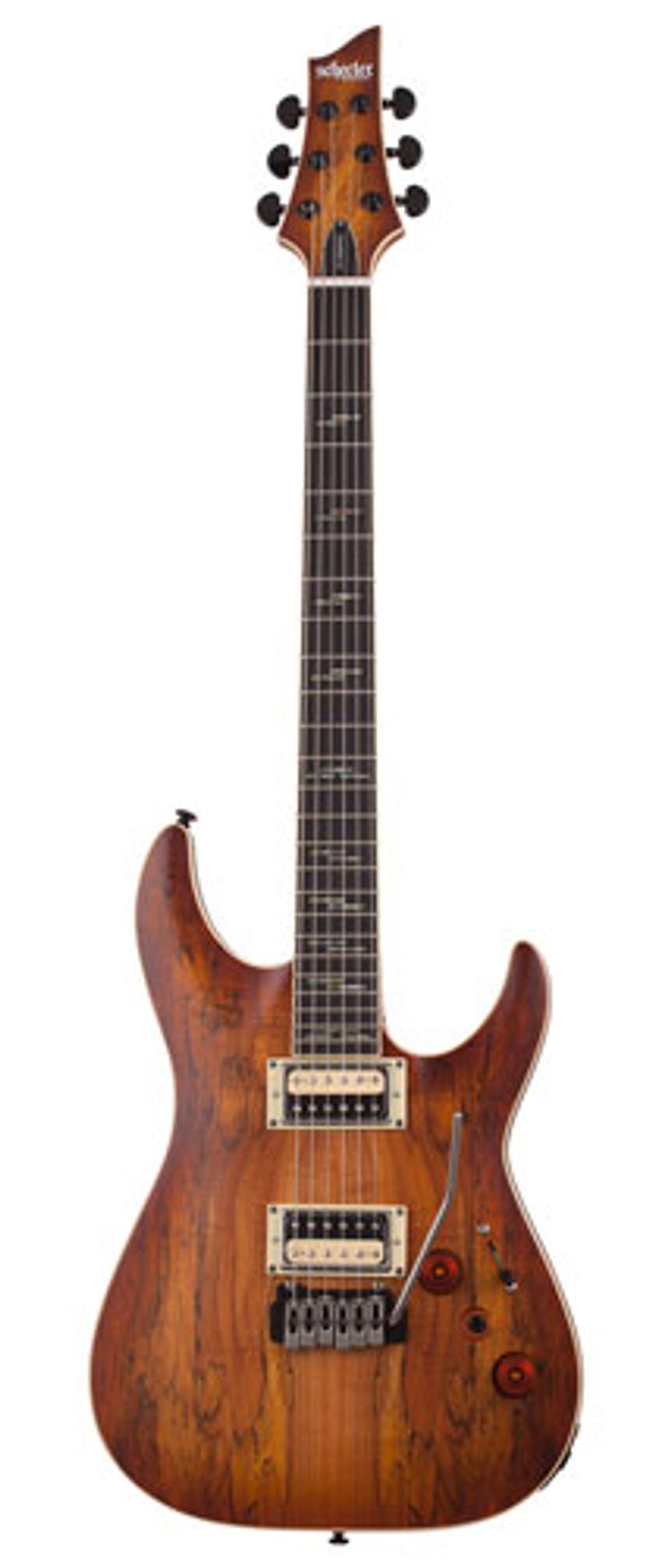









![Devon Eisenbarger [Katy Perry] Rig Rundown](https://www.premierguitar.com/media-library/youtube.jpg?id=61774583&width=1245&height=700&quality=70&coordinates=0%2C0%2C0%2C0)


